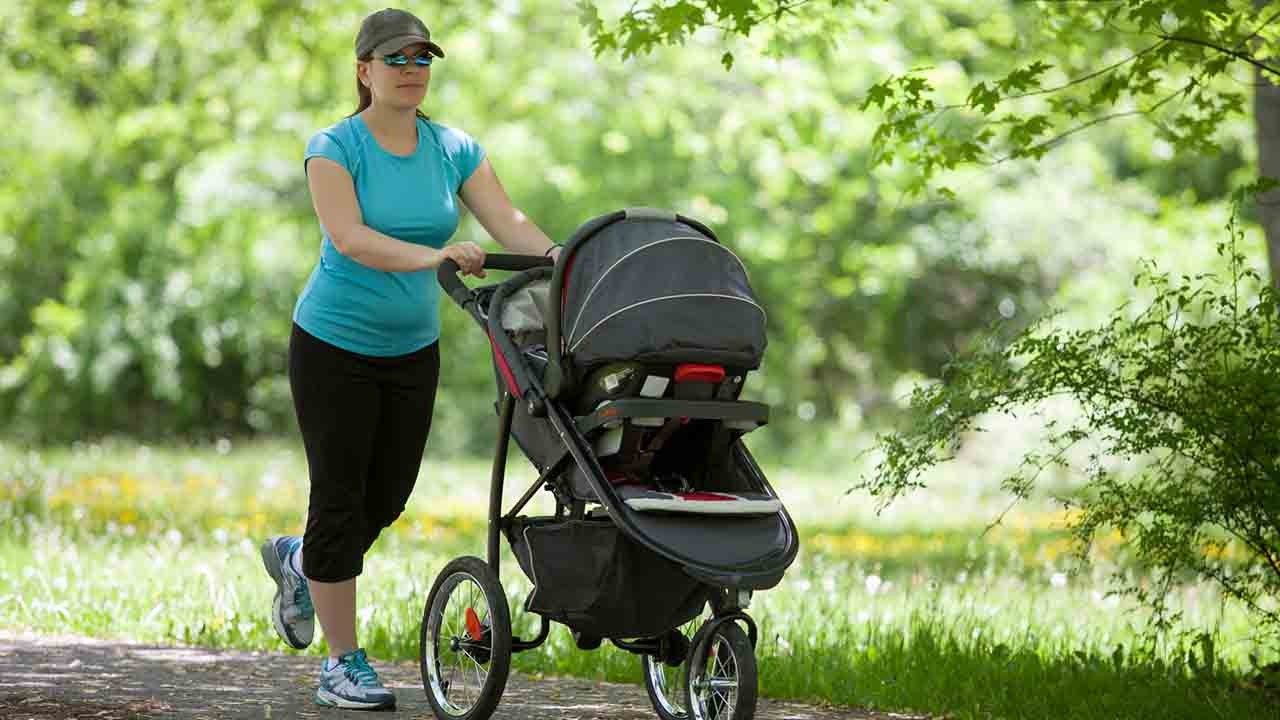Exercising after a C-section

C-sections - whether planned or elective - account for around a quarter of births in New Zealand, so if you've had a Caesarean and you're getting ready to return to exercise you're in plenty of company! It's still a good idea to learn the steps for returning to exercise after your surgery so that you're empowered to have a safe and positive experience.
How does a C-section affect exercising?
Although it's a common way of giving birth, a C-section is still a major abdominal surgery that requires healing through a number of tissue layers including the uterus, core muscles and skin. Even if the scar on the outside looks healed, there may still be healing work going on inside the body as far down the track as a year post-surgery.
While a person who gets something like ankle or shoulder surgery typically gets followup appointments with specialists and physiotherapists many months after the event, women who give birth via C-section are often left to figure things out on their own with some general movement guidance provided in the weeks after birth.
C-section specifics aside, just having been pregnant causes a lot of changes in your body - your centre of gravity changes, your ligaments loosen up from relaxin to prepare for birth (this continues up to six months after you stop breastfeeding!), your core muscles stretch to accommodate baby, your posture may change and so do your hormones! These can all affect your return to exercise.
Getting medical clearance
It's important for your LMC (Lead Maternity Carer) to assess you and give you the 'ok' to return to exercise. For uncomplicated vaginal births, this is typically around six weeks, for C-sections or complicated deliveries it's closer to ten weeks. It will also usually be after lochia discharge has stopped, as lochia is a sign the wound from your placenta is still healing. These timeframes can vary though, so it's important to allow your body the time to heal before pushing yourself to do something it's not ready for.
It's also important to remember that just because you're cleared for exercise doesn't mean you can or should return to what you were doing pre-birth. Medical clearance often simply means your LMC believes you're ready to introduce and gradually increase your movement as you feel ready.
Initial recovery prior to official medical clearance
While exercise has many physical and mental benefits, you should allow your body the time to heal and gradually re-build your strength before attempting anything too strenuous. Typical activities you might do in the first ten or so weeks before you get medical clearance to return to 'regular' exercise might include:
- Gentle breath work to begin developing a connection with your core muscles again
- Pelvic floor exercises
- Gentle/short walks (no more than around 10 mins) and movement around the house
- Gentle stretches - especially neck, shoulders and upper back
It's still a good idea to double check with your LMC before you begin these activities - just to be on the safe side - and you probably won't start doing some of these until around two weeks or more postpartum depending on how your scar is healing.
Your recovery can be affected by a range of things including birth circumstances, how much support you have at home to help you out, quality and quantity of sleep, your previous level of fitness, stress levels, care taken with recommended recovery procedures, and the experience of discomfort or pain.
You may also be advised not to lift anything heavier than your baby during this time which could be difficult if you have other young children in your care, so it's important to check this with your LMC and learn how to pick up/carry your kids in a way that's as safe for you as possible.
What exercises should I start with?
Following your LMC medical clearance, every mum returning to exercise after having a baby should ideally be assessed for Diastasis Recti (abdominal separation) and pelvic floor strength if you haven't already - preferably by a physiotherapist specialising in women's health. These are common postpartum issues which can be greatly alleviated with the right exercises, but may worsen if you unknowingly do exercises that aggravate them.
Many mamas who have had a C-section think a postpartum pelvic floor assessment is unnecessary as they didn't delivery vaginally and therefore didn't place extreme pressure on the pelvic floor muscles. However, as baby grows during pregnancy, their weight and positioning can still potentially weaken the pelvic floor so it's still important to do Kegels exercises and get checked if you have any incontinence or feel sensations of heaviness, bulging or pain, especially during exercise.
In addition to that, rebuilding strength and stability in your core muscles, mobilising scar tissue, certain types of strength training, and gradually working on your cardiovascular fitness with low impact exercise will probably be good starting points for you. Your exercise should feel relatively comfortable, pain-free and shouldn't cause leaking urine or pelvic heaviness, otherwise you may need to wait a little longer and continue with the activities mentioned in the initial recovery phase.
Don't be in a rush!
Mama, you have plenty of time to return to exercise, so don't try to do things too fast, too soon!
If in doubt about anything with your return to exercise, find a knowledgeable personal trainer or yoga teacher well-versed in postpartum movement who can assess you and guide you safely. You can also check in with a physio if need be:
New Zealand Physiotherapists - https://physio.org.nz/about-physiotherapy/find-a-physio
Image / DepositPhotos









